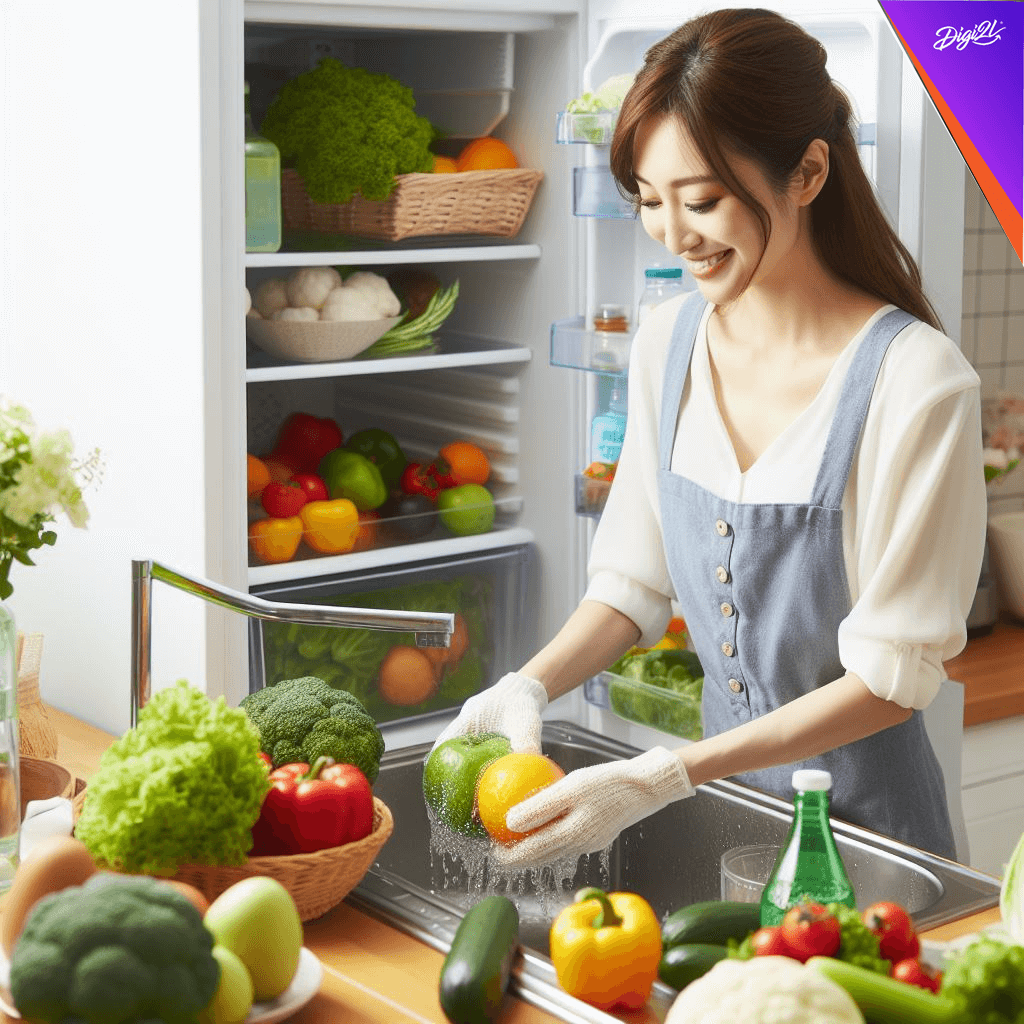
Please Wait ...

Please Wait ...
Enquiry






Curently We are Not Serviceable In this Pincode
91 Springboard, Business Hub, Godrej & Boyce, Gate No. 2, LBS Marg, Vikhroli West, Mumbai, 400079
91 Springboard, Business Hub, Godrej & Boyce, Gate No. 2, LBS Marg, Vikhroli West, Mumbai, 400079
91 Springboard, Business Hub, Godrej & Boyce, Gate No. 2, LBS Marg, Vikhroli West, Mumbai, 400079
91 Springboard, Business Hub, Godrej & Boyce, Gate No. 2, LBS Marg, Vikhroli West, Mumbai, 400079
91 Springboard, Business Hub, Godrej & Boyce, Gate No. 2, LBS Marg, Vikhroli West, Mumbai, 400079
91 Springboard, Business Hub, Godrej & Boyce, Gate No. 2, LBS Marg, Vikhroli West, Mumbai, 400079
91 Springboard, Business Hub, Godrej & Boyce, Gate No. 2, LBS Marg, Vikhroli West, Mumbai, 400079
91 Springboard, Business Hub, Godrej & Boyce, Gate No. 2, LBS Marg, Vikhroli West, Mumbai, 400079
91 Springboard, Business Hub, Godrej & Boyce, Gate No. 2, LBS Marg, Vikhroli West, Mumbai, 400079
Min
Max
₹5,000
₹45,000
Suggested Price







Blogs> Now know the ways to savour your fridge exotics for longer periods!!

Properly handling, washing, disinfecting, and storing fruits and vegetables is crucial for ensuring their safety and prolonging their freshness. It begins with thorough handwashing and cleaning of surfaces and utensils to prevent contamination. Rinsing produce under cold, running water effectively removes dirt and debris, while gentle soaking in a water-vinegar solution can further eliminate surface bacteria and pesticide residues. After rinsing, patting dry with a clean cloth helps prevent moisture-related issues. Storing fruits and vegetables in the refrigerator is essential for maintaining freshness. Separating ethylene-producing fruits from ethylene-sensitive ones helps prevent premature spoilage. Proper storage containers with ventilation help regulate humidity levels and prevent excess moisture buildup, while certain items benefit from storage in the crisper drawer to retain moisture. For cut fruits and vegetables, airtight containers are recommended to prevent moisture loss and microbial growth. Adding moisture with a damp cloth or paper towel helps maintain humidity levels, while prompt refrigeration slows down spoilage, particularly in the crisper drawer. Using lemon juice can inhibit browning, and blanching certain vegetables before refrigerating preserves their color and texture. To minimize food waste, it’s essential to avoid cross-contamination by using clean utensils and cutting boards. Regularly checking stored items for signs of spoilage and rotating them ensures optimal freshness. While refrigeration extends shelf life, cut fruits and vegetables should typically be consumed within a few days for safety and quality reasons. Following these guidelines for handling, washing, disinfecting, and storing fruits and vegetables promotes food safety, reduces the risk of foodborne illness, and minimizes food waste. By incorporating these practices into daily routines, individuals can enjoy fresh, nutritious produce while also contributing to healthier eating habits and sustainable living.
We now educate our audience about the right ways to wash and disinfect their fruits and veggies and keep them in refrigeration for prolonged periods fresh! Washing and disinfecting fruits and vegetables is important for removing dirt, bacteria, and pesticide residues, while also helping to prolong their freshness. Here’s a step-by-step guide:
By following these steps to wash, disinfect, and store your fruits and vegetables properly, you can help ensure they stay fresh and safe to eat for longer periods. To prolong the life of cut fruits and vegetables in the refrigerator, it’s essential to take steps to minimize moisture loss, prevent microbial growth, and slow down the natural ripening process. Here are some tips:
By following these tips, you can help extend the shelf life of cut fruits and vegetables in the refrigerator and minimize food waste.

By Digi2L - April 27, 2024

By Digi2L - April 26, 2024

By Digi2L - April 25, 2024